Why Salmon & Steelhead are Disappearing - Part I - Spawning Streams

There are so many hurdles facing salmon and steelhead, it's a wonder there are any left. Though they are a resilient species, they are not invincible. History shows us that great abundance was the norm before fish populations started getting decimated, river by river.
 Photo : Jon Mueller
Photo : Jon Mueller
This is Part I in a series that will detail multiple factors.
All photos used by permission submitted by members of the Fishing Addicts FB Group
Lewis and Clark talked about the great salmon runs they encountered when headed west. There was talk of the fish being so thick that you could walk across the Columbia on the backs of them. While we may see this in small spawning streams these days, you will likely never see it again in a river that vast.
The potential for giant runs of salmon and steelhead still exists, but it requires the right habitat and conditions, mixed with countless years of successful spawning. There are remaining bastions of hope still in the Pacific Rim, but a high percentage of streams fish populations are greatly diminished.
What Salmon & Steelhead Are Up Against
Spawning Stream Degradation
Every fish has a unique type of preferred spawning habitat. The unique preferences of each species can make some creeks heavy with one species, while another may harbor more of another species. For instance, coho often spawn in shallower depths 10-40 cm with lower velocity, while a chinook will typically spawn in 40-60 cm depths. Steelhead have the widest range of preferred spawning habitat and can adapt well to many types of streams, yet they are declining as well due to habitat degradation. Chum salmon have very specific needs as they require natural spring upwelling for spawning, resulting in huge runs in some areas and complete absence in others.
Some streams are diverse enough to maintain many fish throughout a season. Every stream is valuable in maintaining optimum fish capacity even ones that do not have access for spawners (impassable waterfalls at the mouth or high incline.)
Tributary streams are the lifeblood of a river. Wherever a stream flows in, the river volume increases and provides fresh water. Fish utilize streams that are adequate for spawning when possible. If a stream is negatively affected, spawning numbers in that creek will decrease or vanish completely. The fish will sometimes relocate, or spawn unsuccessfully in the stream. Fish may also spawn successfully but the fry won't survive due to low flows and water temperature. Fry need the shelter and flow of a stream to rear before they start to move into the main-stem and eventually the ocean, so if the stream is hurt, the fry counts will also.
 Photo : Chad Porterfield
Photo : Chad Porterfield
It may take decades or even centuries for a stream to recover from heavy degradation. If it does, the fish will find it again and utilize the space, as they are adaptive.
Some species rely heavily on small stream spawning, so, as the streams have been affected, so have the fish. Others are more suited to main-stem spawning, so those are slight less affected by stream degradation, although main-stem water temperature and summer flows are certainly a factor.
Effects of Logged Hillsides
Many rivers have large numbers of small streams that enter into the river in the upper reaches, sometimes known as the "headwaters."
 Photo : Brian Courtright
Photo : Brian Courtright
Logging is a necessary activity to continue to offer paper and wood products to the general public. This article is not at all intended to demonize logging, yet to push towards better practices.
In the past there have been practices that harmed key headwater streams for many years. After legislation was put in place there was more emphasis placed on protecting streams with buffers. This is not the whole solution however to protecting streams.
When a hillside is clearcut the natural collection of rainwater is changed and more rainwater reaches the stream quicker. This results in a stream that rises and falls faster than it would with forest around it. That way the flow is not as consistent and can result in low summer flows and higher temperatures. It also can erode quicker and have a harder time cutting a natural stream bed.
Herbicides
Perhaps most dangerous to headwater streams is the use of herbicides. After a clearcut, herbicides are applied through the use of arial spraying. Helicopters are employed to spray these dangerous chemicals upon the hillside, eliminating many plants, trees and wildlife from the area. Without the competition and other wildlife around, the remaining trees are often sickly and less likely to thrive. This is meant to maximize tree production but in an unnatural way.
Advocates of herbicides say that they are only sprayed on the clearcuts where harvests take place, but there is evidence of pesticide particles drifting 40+ miles from their intended drop. All it takes is a little bit of wind to move that herbicide into the stream, or rain to wash it in. Headwater creeks and ponds that used to have thriving trout populations are often devoid of fish due to the chemicals at work near or in the stream. Interestingly, burning of the hillside has actually been better historically for wildlife. It's not a stretch to say that most solutions to wildlife involving chemicals are likely harmful.
Ideal Spawning Streams
'Ideal' spawning streams still exist in areas with low or no development contact. These streams harbor fish spawning and passage by the process of nature steadily maintaining and adapting to the landscape.
 Photo : Ryan Yaski
Photo : Ryan Yaski
Beaver Dams
Beavers construct dams by falling trees on creeks often, this may seem an annoyance or blockage, but it is often a positive factor. Beaver dams create deeper pools that fry can rear in and often allow fish passage. These also control flooding in creeks and allow points for fry to hold in low water. As logging and development approaches a river, beaver dams are often destroyed or beavers controlled and killed. This can make a stream go from suitable for fry rearing and cutthroat trout to nearly barren. Wood Structure Naturally fallen trees near the banks of creeks will do two things: they provide cover for adults and fry alike for protection against predators like birds. They also will change the water flow often resulting in deeper pools with slower water. This creates excellent holding water for spawners and great rearing for fry. Overhanging trees and branches also act as excellent cover for both adults and fry. Banks that are undercut from years of natural stream erosion also make for great cover. Many of the best spawning streams are fed by natural springs or steady rainfall. Though levels will fluctuate, a highly productive spawning stream will be able to hold adult spawners during peak spawning time and then have the water capacity and cold temperature to harbor fry throughout low water periods. Mini-water falls in the stream can be very effective for creating oxygen in the water for fry to congregate near.
Opportunities for Stream Restoration
 Photo : Chris Berrey
Photo : Chris Berrey
To get involved in stream restoration, you can often just search for the river name or area of your choice with the word "restoration" and find information on who is working on these projects. Reach out to them, call, email. Those in charge will appreciate the support and volunteers.
If you would rather just help while on the river or on your free time, take the time to pick up trash at your fishing spots and/or join a group like RiverJunky. Don't build rock pillars or take rock from the creek.
If you live adjacent to or own a section of stream, make sure any projects you do or fluids you flush do not interact with the stream negatively. Don't cut down all the brush and trees next to the stream as it may be protecting vital fish habitat. Allow naturally fallen trees to stay there. Take a moment and look around your creek, if you see small fry or trout, enjoy that moment knowing you still have a piece of nature right at your finger-tips. Protect the streams, bring back the fish! Article written by Lucas Holmgren
 Photo : Jon Mueller
Photo : Jon Mueller


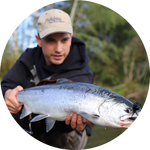

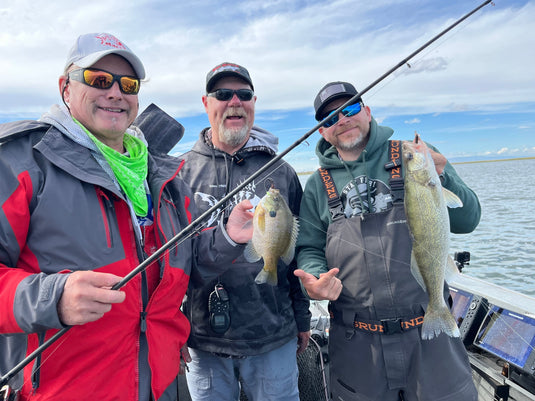
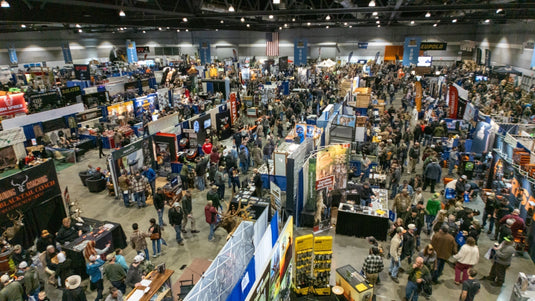
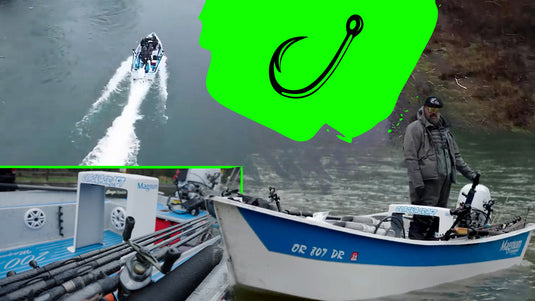

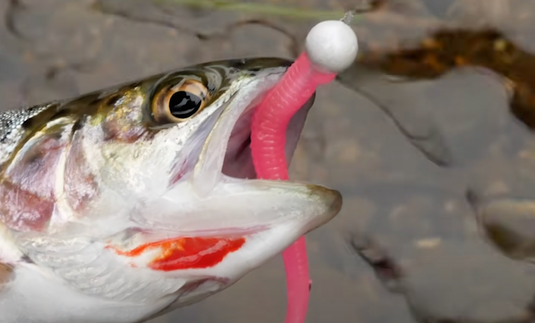

Have you considered the impact of the Fukushima Nuclear accident has had on the Pacific? Millions of gallons of radioactive waste has been spilling into the Pacific since the accident. No impact at all? Think about it. Peace.
We aren’t educated enough on it to know the impact. I am sure we are seeing the repercussions of it though.
The destruction of waterways due to a grossly mismanaged system of open cattle grazing should be added to your list. Putting cattle in the forest and fields next to waterways where they destroy all natural vegetation, tromple narrow and cool running rivers into wide shallow cesspools of manure muck and decimation of spring headwaters has been an environmental disaster in the works for decades now.